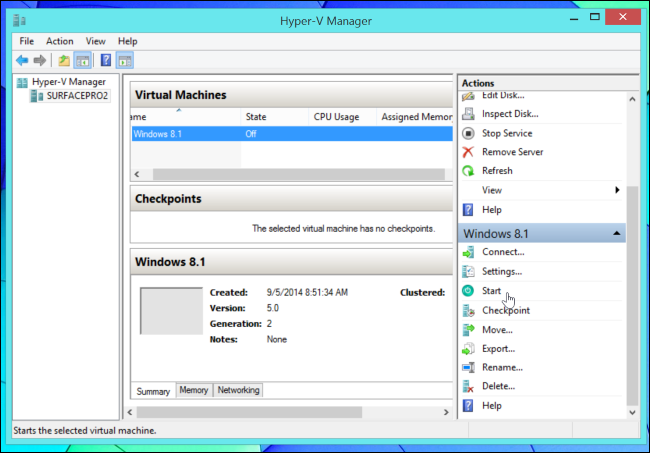

Get:29 focal-security/multiverse amd64 c-n-f Metadata In Linux, start by navigating to the folder of the QCOW image: cd convert the image, we will need to install an application called “qemu-utils” (if not already installed): sudo apt-get update For me, it at the following location: C:\Users\nfvdev\Documents\NFVs\PA-VM-KVM-10.0.4.vm_eval.qcow2 For the following steps, we need to open up a Linux Terminal and navigate to the location of our QCOW image. vhdx file to work with the Windows Hyper-V hypervisor.

The first thing we need to do is to convert our.

You only need to do this step if you downloaded the trial qcow2 version. Go ahead and extract the PA-VM-KVM-10.0.4.vm_eval.qcow2 file to a convenient location. Once you have access, you should end up with a vm-series-trial.zip file.

If you do not have an account, you can request access to a 30 Day Free trial image here. If you have access to the Palo Alto Support portal, simply login and download the Hyper-V version of the firewall. The plan is to boot the image on Hyper-V first, then take a snapshot of the VM once booted and use that snapshot on VirtualBox. As VirtualBox is not supported, the VM does not fully boot. I suspect when the firewall first boots up, it checks the underlying hardware to see what sort of hypervisor it is running on. If you just try to download and run the VM-Series firewall on VirtualBox, you will end up at a “PA-HDF” login prompt and won’t be able to login. I would not recommend running the firewall on VirtualBox unless you like a challenge. How I got this to work is quite hacky and was born from technical stubbornness. It is a virtual firewall designed by Palo Alto for use within virtual environments.ĭisclaimer: Palo Alto do not support running this firewall on VirtualBox in any shape or form. The next VNF we will create within our lab is the Palo Alto VM-Series Firewall.


 0 kommentar(er)
0 kommentar(er)
